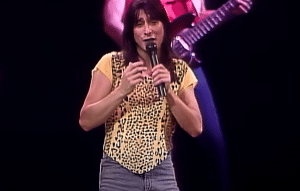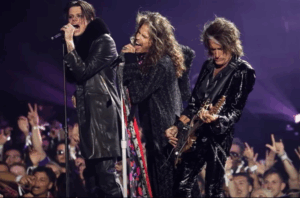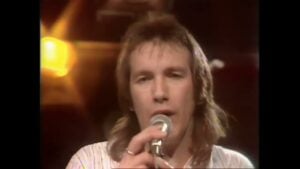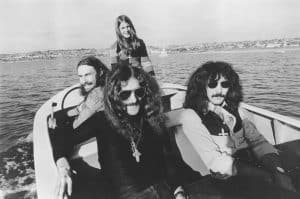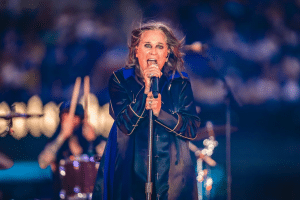The One Song Roger Waters Found Too Challenging to Play Live: “I’m Dropping That”
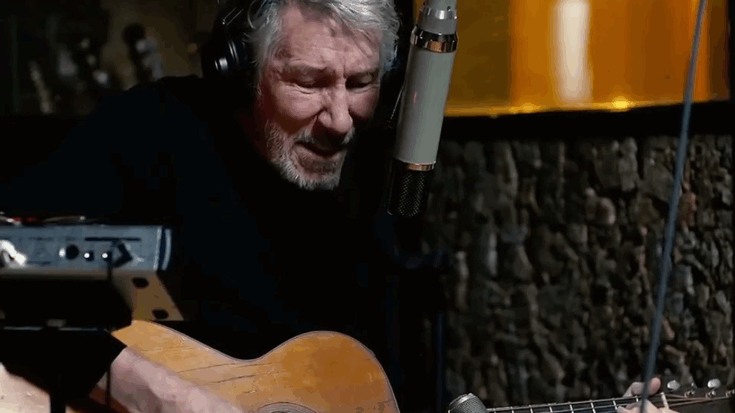
via El Muro De Pink Floyd / YouTube
Live Performances and Struggles
Every musician has at least one song that feels too hard to pull off on stage. Even if it works well in the studio, something about the live setting just doesn’t feel right. Sometimes it’s because the artist isn’t in the best shape vocally. Other times, the music itself has to be changed just to make it work in front of thousands of fans. Roger Waters, even after moving into stadium-sized shows post-The Wall, admitted that not everything in his catalog was designed for that scale. Songs like “Dogs” or “Shine On You Crazy Diamond” worked as live epics, but not every track could follow that path.
Waters’s solo albums were often built as full stories, making it difficult to break them up for live shows. Albums like Radio KAOS may sound stuck in their time now, filled with layers of synthesizers, but they still had meaning. Waters wanted to send a message through each record, not just perform a collection of songs. For him, it wasn’t only about music—it was about telling a story from start to finish.
View this post on Instagram
Return to Form with Amused to Death
Even though earlier solo albums had their moments, Amused to Death brought Waters back into focus. His performance of The Wall in Berlin reminded people of his work again, but this album felt like a true return. It had the same kind of commentary and depth fans had missed since the early ‘80s. Waters didn’t work alone this time either—he had help from a few respected musicians to bring the songs to life.
Eric Clapton had helped on The Pros and Cons of Hitchhiking, but Amused to Death featured Jeff Beck, whose guitar work added a fresh layer to the album. On tracks like “Watching TV,” Beck’s playing didn’t sound like David Gilmour’s, but it fit in its own way. It gave a glimpse into what could’ve been if Beck had ever joined Pink Floyd years earlier when asked.
Too Complex for the Stage
One of the most ambitious tracks on the album was the three-part suite “What God Wants.” Multi-part songs have always been tricky to manage live. Even Pink Floyd broke up “Shine On You Crazy Diamond” into pieces after Waters left. So trying to get all parts of “What God Wants” into a show made things even more difficult. It wasn’t just a matter of rehearsing—it was about figuring out how to make it work without losing the crowd.
Waters admitted the challenge himself: “I thought the stuff from Amused to Death worked great apart from ‘What God Wants’, which was always hard work every night. It seemed like hard work to me the theatre of the piece was difficult to get across so I’m probably dropping that, I don’t know.” That quote makes it clear. The song just didn’t translate on stage the way it did on the record.
View this post on Instagram
A Logistical Puzzle
Looking at “What God Wants” on the album, it doesn’t seem like the hardest track. But with how it’s spread across three parts, getting the timing right for a live audience becomes a serious task. On a record, transitions fade smoothly, but live, things don’t always come together as easily. Pauses for vocal entrances or sudden shifts in tempo can be jarring. That’s why Waters preferred switching to something like “Set the Controls for the Heart of the Sun” instead. It kept the flow going without as much effort to coordinate moving pieces.
Waters knew what worked and what didn’t. It wasn’t about playing every hit—it was about delivering a strong, consistent show. And sometimes, that meant cutting songs that just didn’t fit.
Still Pushing Onstage Boundaries
Even with those challenges, Waters still gave powerful live performances. He didn’t shy away from experimenting, even if the risks didn’t always pay off. Not many artists write a song too complicated to take on the road. Waters did. That says something about how much thought he put into his work. While “What God Wants” didn’t become a stage regular, it still showed the kind of bold ideas that made his music stand out—even when it stayed in the studio.







